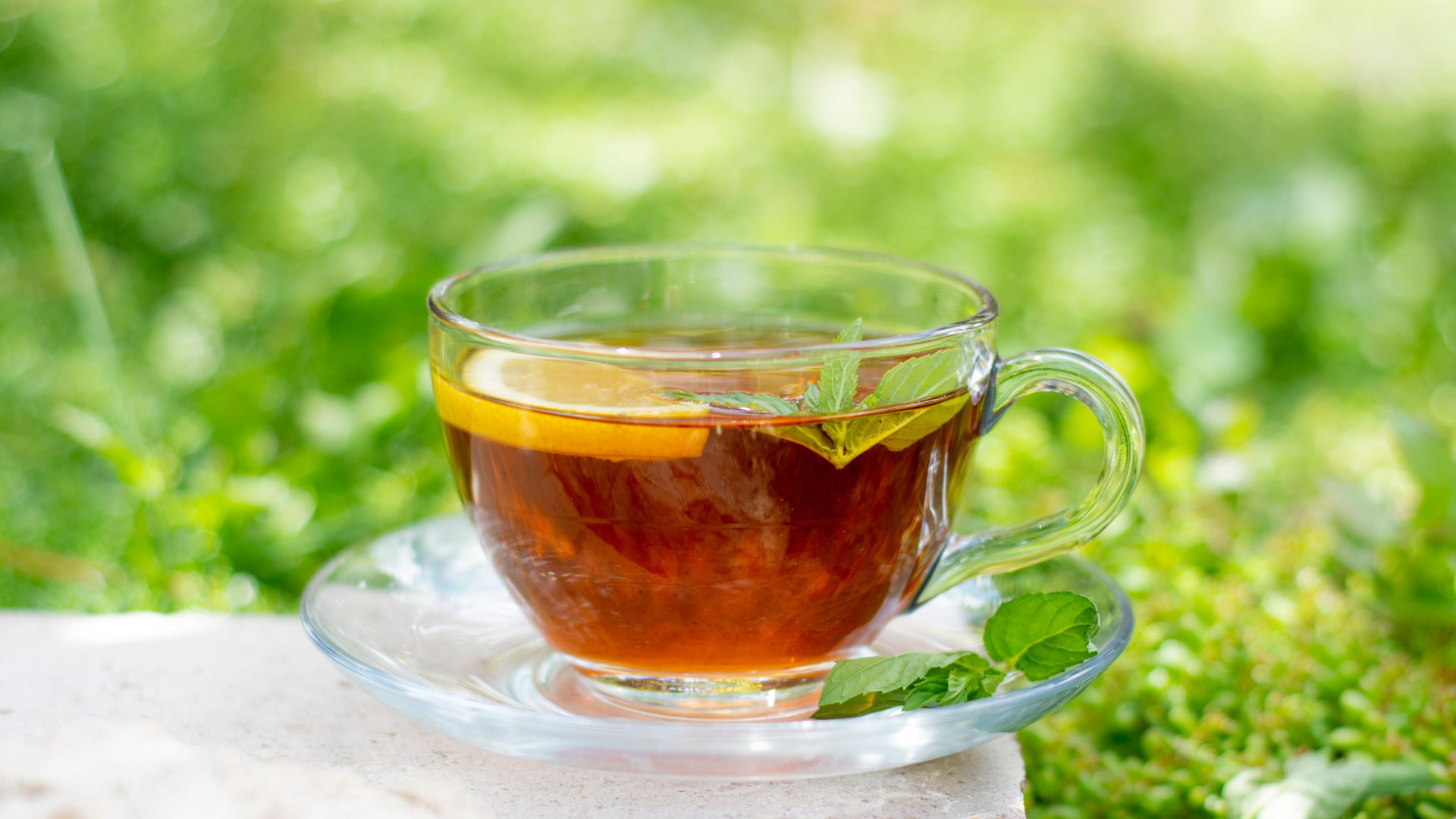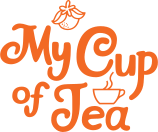
All About Oolong Tea
Known for its distinct flavor and aroma, oolong tea falls between green and black on the oxidation scale.
What is Oolong Tea?
Oolong tea is often referred to as a semi-oxidized tea because it falls somewhere in the middle of green tea and black tea. The freshly plucked leaves are withered in the sun and then shaken to bruise the edges. The bruised leaves are then partially oxidized by rolling, shaping, and drying steps. Since the degree of oxidation can vary greatly, oolong teas offer a wide range of flavors and aromas.
Origins
Oolong’s history dates back to the Ming Dynasty in China, although the exact origins are debated. Legends say that oolong tea was discovered completely by accident. A farmer noticed a tea plant growing and for an unknown reason, was unable to process the leaves immediately. This allowed time for the leaves to partially oxidize, resulting in what we know today as oolong.
The dynasties following proved to be important for refining the techniques used to create the varieties and characteristics of oolong tea. It became increasingly popular and was cultivated in various regions of China, including Fujian, Guangdong, and Taiwan. In the 19th century, oolong tea became internationally popular due to its unique flavor profile and health benefits.

Types of Oolong Tea
Phoenix Tea (Dan Cong)
Hailing from the Phoenix Mountains in Guangdong, China, Phoenix oolong tea is one of the best-selling oolong teas.
Iron Goddess of Mercy (Tie Guan Yin)
This type of oolong tastes floral, light and airy due to a meticulous 60-hour slow roasting process.
Wuyi Oolong Tea (Da Hong Pao)
Higher in oxidation level and mineral components, Wuyi oolong is sharp, smoky, and extremely expensive.
High Mountain Oolong Tea (Gaoshun)
Closer to a green tea, High Mountain Oolong is lightly oxidized and hails from mountainous areas in central Taiwan.
Milk Oolong Tea (Jin Xuan Tea)
A creamy and sweet version of oolong, this type is grown at a lower altitude and harvested in the Springtime.
Is oolong tea caffeinated?
Oolong tea is a caffeinated tea, but the amount of caffeine varies greatly depending on the type of oolong and brewing method.
Is oolong tea gluten-free?
Oolong tea leaves are naturally gluten-free but flavors, additives, and blends may contain gluten.
Can my oolong tea leaves be steeped multiple times?
Oolong teas can often be steeped multiple times and each infusion may offer varying flavors or characteristics.
How do I store oolong tea?
Oolong tea, along with other teas, should be stored in an airtight container away from any light, moisture, and odors to preserve its flavors.
Does oolong tea have any side effects?
Oolong tea is generally considered safe to drink and does not have any documented side effects, but excessive consumption can cause insomnia, jitteriness, or an upset stomach.





